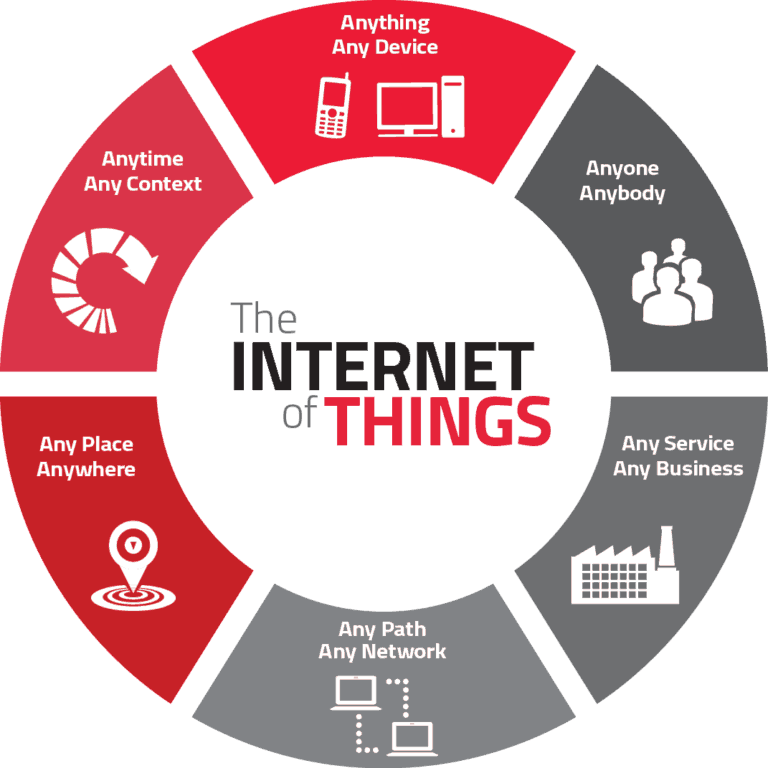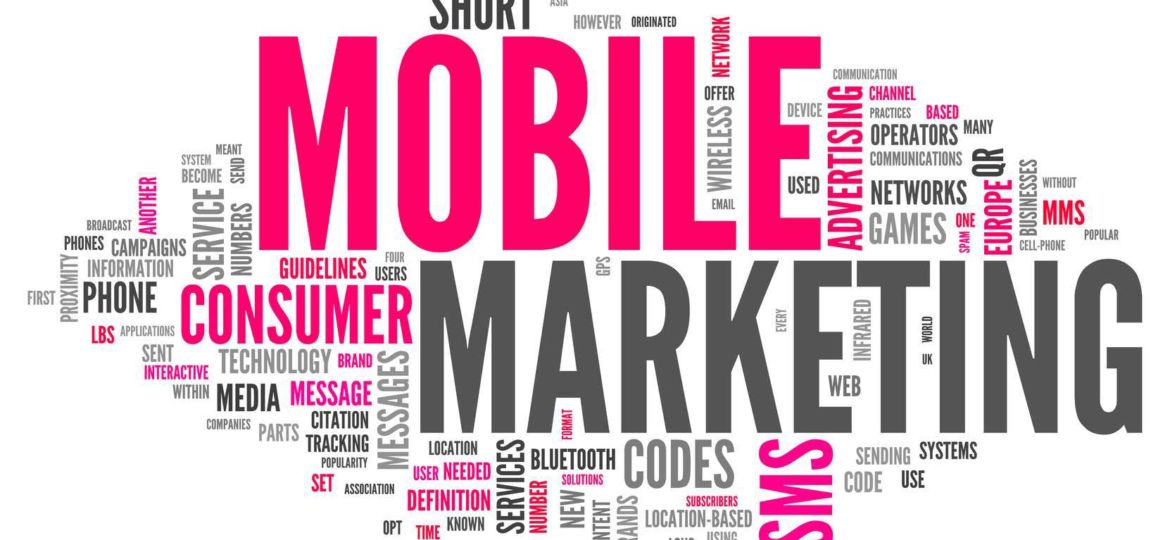
With the growing technological advancements and almost everybody doing all their business on their mobile devices, businesses are increasingly beginning to adapt to developing content that is mobile savvy.
Let’s find out what Dreamgrow has to say.
What is Mobile-First
Consumers are using their smart devices for everything from watching sports to shopping online. Brands feel the need to design product experience for handheld users. Many are adopting the mobile-first approach. This approach places mobile at the helm and considers it more pertinent than desktop.
The Mobile Web
The desktop web is no longer a match for the mobile web. The latter outpaces the former in traffic and visitor retention rate. A study by Google and Nielsen shows more than 75% with access to handheld and desktop web, prefer the former.
Here are a few other eye opening stats. The stats confirm the need for the mobile-first approach.
- Among the B2B marketers, over 90% need to optimize their content for mobile devices.
- More than 1.8 billion users access the web from mobile devices. See the graph below:
The chart above shows something interesting. Between 2013 and 2014, the mobile user-base has stalked past the desktop user-base.
- Custora E-commerce Pulse‘s data reveals mobile sale order volume increased 4% in February, 2016.
Mobile-First Content Marketing
Text-based content, graphics, photographs and UI design elements, all come under content marketing. Mobile-first content marketing aims to optimize all these elements for smart device users. The strategies need to be touch-based.
Mobile-Specific Search
The way mobile users search differ from the way desktop users search. Differences found in their ways of searching include:
#Use of Keywords
To type a keyword, a mobile searcher needs to tap his finger again and again on the virtual keyboard. It is time-consuming and pains his finger. So, searchers tap on suggestions provided by Google. The suggestions are often a PPC expert’s top picks.
#Search Growth
Comscore has done a study into the multi-platform web. The study shows 3.1% YoY increase in search volume between 2013 and 2014. See the infographic below:
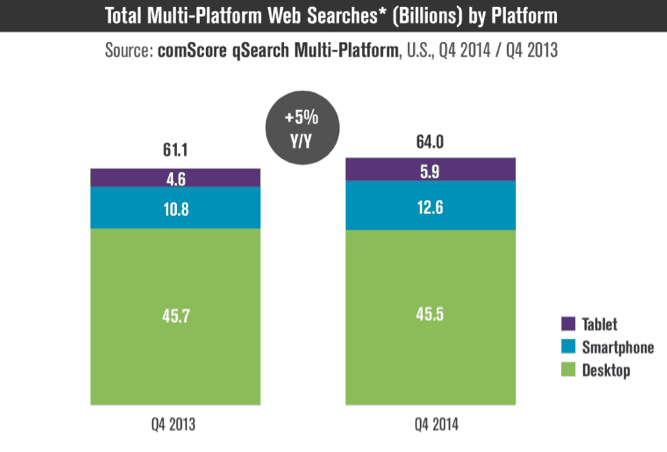
More people use their Smart devices for searching. This indicates an upsurge in the number of mobile-specific search queries.
What’s a content marketer’s takeaway here?
That content, especially text-based should include competitive queries. People accessing the web through mobile lack patience and tend to skim through the content a lot. The content needs to have a lot of buzzwords to keep their attention on it. This somewhat coincides with the desiderata for rich snippets. It seems there’s more to their relationship than what meet the eyes.
Internet of Things
Because the crux of IoT is mobility, it adds up to the mobile web. “Things” may function as a doorway to the online world. But they can never perform multitasking. A camera can only capture stills, a car only serves the purpose of commuting.
But mobile phones let us multitask, through apps of course.
Phones are connecting people, assets, devices and systems and delivers an omnichannel experience between the physical and digital world
Content Creation for “things” Should Take the Following Into Consideration:
Data-rich: Through built-in sensors, “things” cultivate raw data. Weather info, location, street address, share market tickers are raw data, displayable on websites. IoT-friendly content need to be with rich with such data.
The format: Files having .stl or .obj format don’t run on browsers. Their front-end display is not as smooth as .avi or .mp4. This is a challenge for content marketing. It’s a challenge because “things” can have content in such formats. For example, a 3D printer with internet connection can contain a .stl file.
Customer experience: “Things” create a network. This prompts brands to guide customers through every touch point. In a connected framework, the content needs to provide guidance, or else, it will fail.
Only the mobile-first approach can allow inbound marketers to catch up with IoT. Connected space, portable environment, small screen, and UX bottlenecks disturb mobile internet browsing experience. One faces the same set of challenges, along with a few other challenges when he moves to IoT.
Voice-Activated Search
Let’s say you are accessing Google from your desktop computer. And you want information on Kate Upton.
You type two search queries one after the other. The first query is “Kate Upton birthday.” The second query is “Kate Upton partner.” Both queries are independent. In case of voice-activated search, one search query can be the continuation of the other. If the first query is “When was Kate Upton born,” the second query can be “Does she have a boyfriend.”
Note “She” is a referring-back expression that connects phrases. There’s a takeaway for content marketers here. They should create content as answers to not just one search query, but a series of related queries. It’s easier said than done. Anticipating the queries requires foresight and creating content around them requires creative prowess.
How can the mobile-first strategy function as a leverage here?
Desktop-esque search leads to a loss-loss situation for a webpage and visitors. Miguel Salcido pointed it out. A visitor who lands on a page goes back to the SERP for the next search. This way, the ranking of the page drops for the query he used.
Voice-activated search creates a web of queries. Voice search signifies mobility as people can search something on the go. It is semantic search too. The voice search app for Chrome ramps up semantic searching.
Localized Content
Localized content is a prime requisite for an optimized mobile experience. Almost 50% consumers gather store location and other info through mobile search. And approximately 80% mobile searches convert into sales.
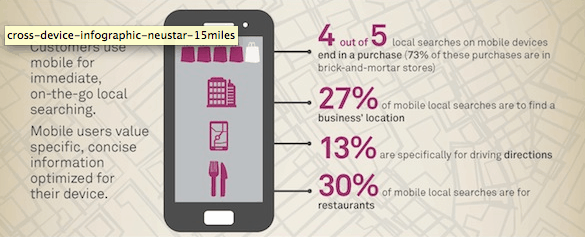
The mobile-first approach in content marketing necessitates the creation of localized content. The key strategies include
#Topic update: It’s easy. Configure Google Alerts to know which topics are trending in which regions. Also, use Google Analytics to get locational info of visitors. Select regional topics for regional visitors and create content around those topics.
#Local keywords: Local keywords are less competitive compared to global keywords. One should add such keywords to the content, to meta properties, and as ALT tags. It guarantees visibility.
#Google map optimization: Google Map listing is essential for a business. The Google Map API allows integration. A brand can create integrate positive content into the map listing.
The mobile web eases localized content creation. But it demands a marketer to follow the said strategies. Hence, shift your attention from the desktop web to mobile. This way, you can harness the power of localization.
User-Generated Content
The retail segment is more sensitive to UGC than the brick-and-mortar segment. Restaurants and fashion outlets are vulnerable to user/consumer generated content. See the infographic below:
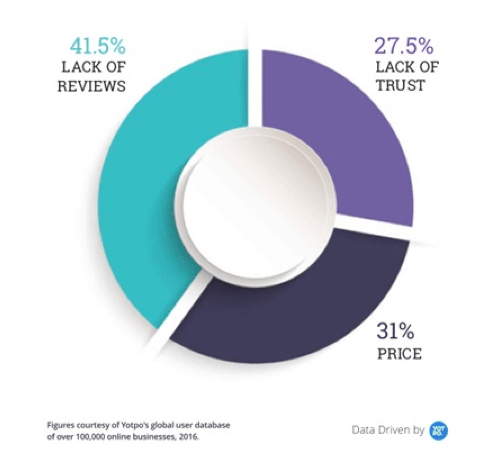
A survey on 500 consumers produced the data. Positive UGC seems to beat affordability in their priority checklist. And bear in mind they were all mobile shoppers. Positive UGC increases review conversion rate too. See the infographic below:
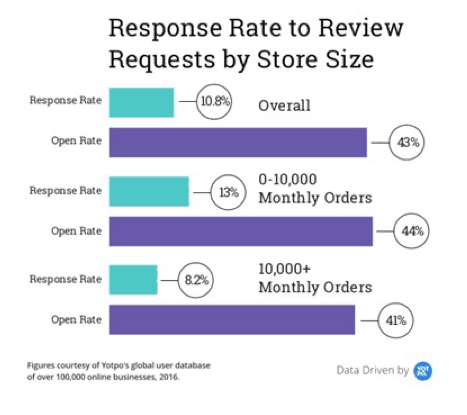
Shoppers used handheld devices to respond to review requests. They reviewed the brands from using those devices.

 The chart above shows something interesting. Between 2013 and 2014, the mobile user-base has stalked past the desktop user-base.
The chart above shows something interesting. Between 2013 and 2014, the mobile user-base has stalked past the desktop user-base. 